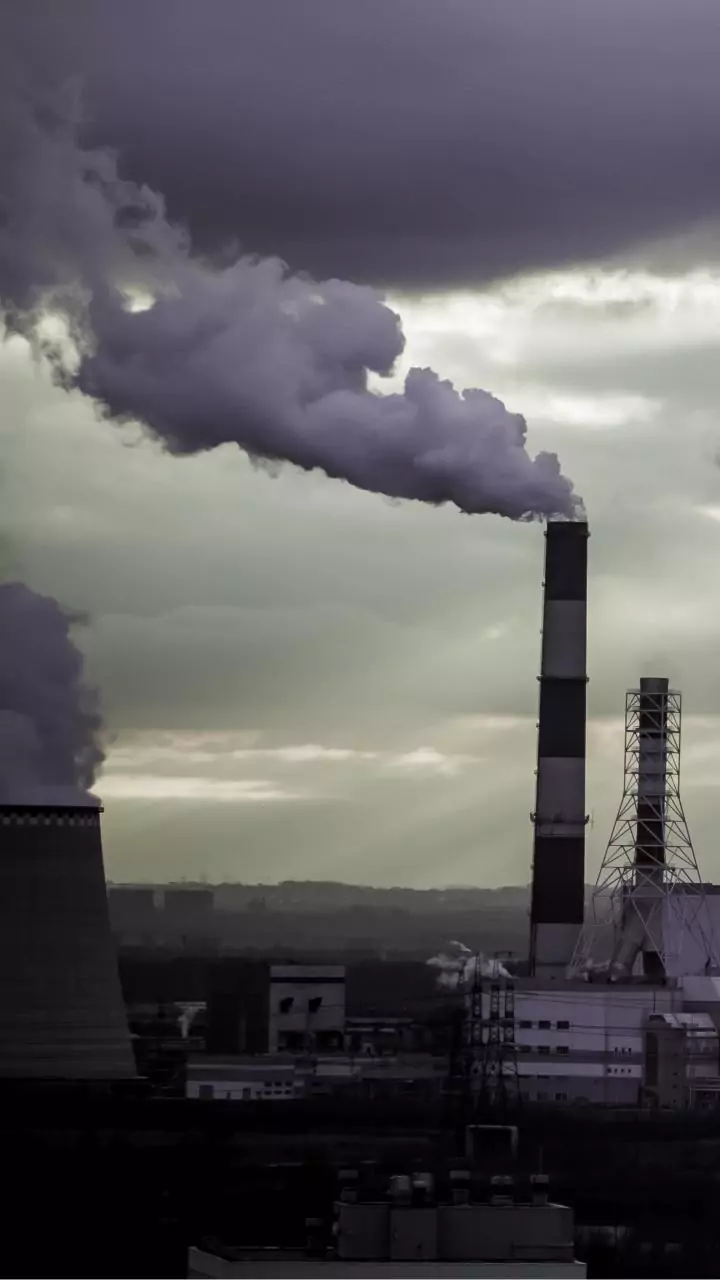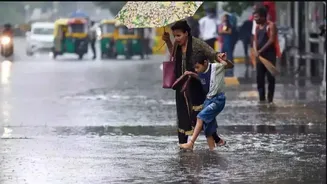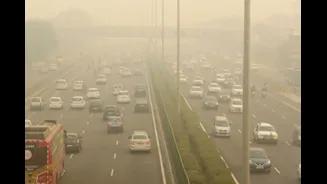In a first major attempt this season to tackle persistent air pollution, Delhi on Tuesday, October 28, witnessed a cloud seeding trial to induce artificial rain. Conducted using a Cessna aircraft, the
operation targeted areas such as North Karol Bagh, Khekra, Mayur Vihar, and Sadikpur, where suitable cloud formations were detected.
Officials involved in the exercise said that rainfall could occur within 15 minutes to four hours after the seeding, depending on atmospheric conditions. Originally planned for Wednesday, the operation was advanced owing to favourable cloud presence over the city. Authorities indicated that similar trials would continue for several days, subject to weather conditions.
The initiative aims to temporarily improve Delhi’s deteriorating air quality by washing down pollutants suspended in the lower atmosphere. However, questions remain among residents about the safety and effectiveness of artificial rain.
To address these, former Deputy Director-General of the India Meteorological Department (IMD), KJ Ramesh, explained the process in simple terms, “Rain is a natural process where water vapour in clouds condenses into droplets and falls to the ground. Artificial rain, or cloud seeding, helps accelerate this by using chemicals like silver iodide to enhance droplet formation.”
He clarified that cloud seeding does not involve sending water into the sky. “Clouds already contain moisture. We simply provide the necessary nuclei for condensation,” he added.
When asked whether the process can work without clouds, Ramesh dismissed the notion. “Artificial rain cannot be created in clear skies. Cloud seeding requires existing clouds with sufficient moisture. There is no technology that can generate clouds artificially,” he said.
On the geographical reach of the operation, Ramesh said that rain cannot be induced uniformly across the city. “Since clouds move with the wind, seeding can only be done in areas where they are present. Their direction or speed cannot be controlled,” he noted.
Addressing public concerns about health risks, Ramesh assured that artificial rainwater is harmless. “The levels of silver iodide used are extremely small and have shown no adverse health impacts. Multiple studies have confirmed this,” he said.
The process, according to Ramesh, has previously shown encouraging results in Maharashtra, Karnataka, and Tamil Nadu, with rainfall levels increasing by 15-20% during trials. Costs vary depending on the number of aircraft, operational teams, and the area covered.
However, experts also note that inducing rain in one location can sometimes reduce rainfall in adjacent areas, as clouds lose moisture after seeding. “But since it is done only where necessary, the overall impact is minimal,” Ramesh explained.
For Delhi, where air quality has deteriorated sharply in recent weeks, officials hope the rains, natural or artificial, will bring temporary relief. “Rainfall helps settle dust and particulate matter, immediately improving air quality in targeted zones,” said a senior official involved in the operation.















